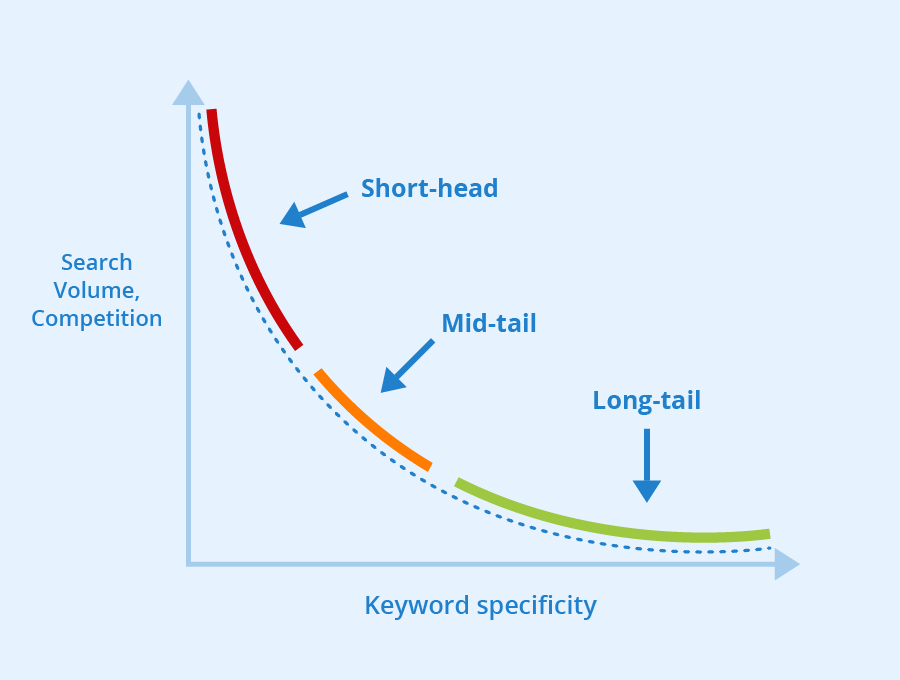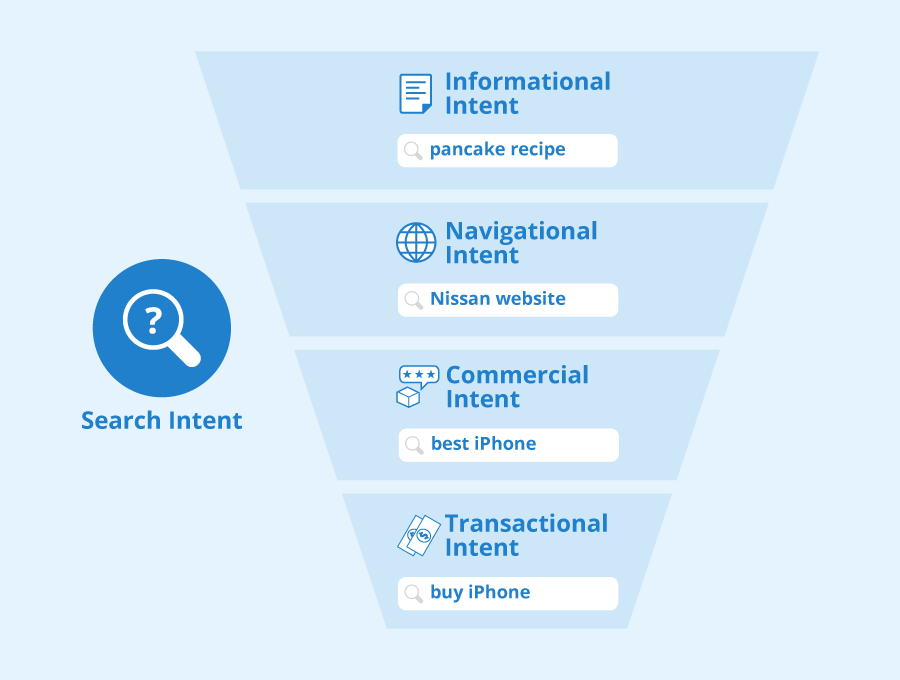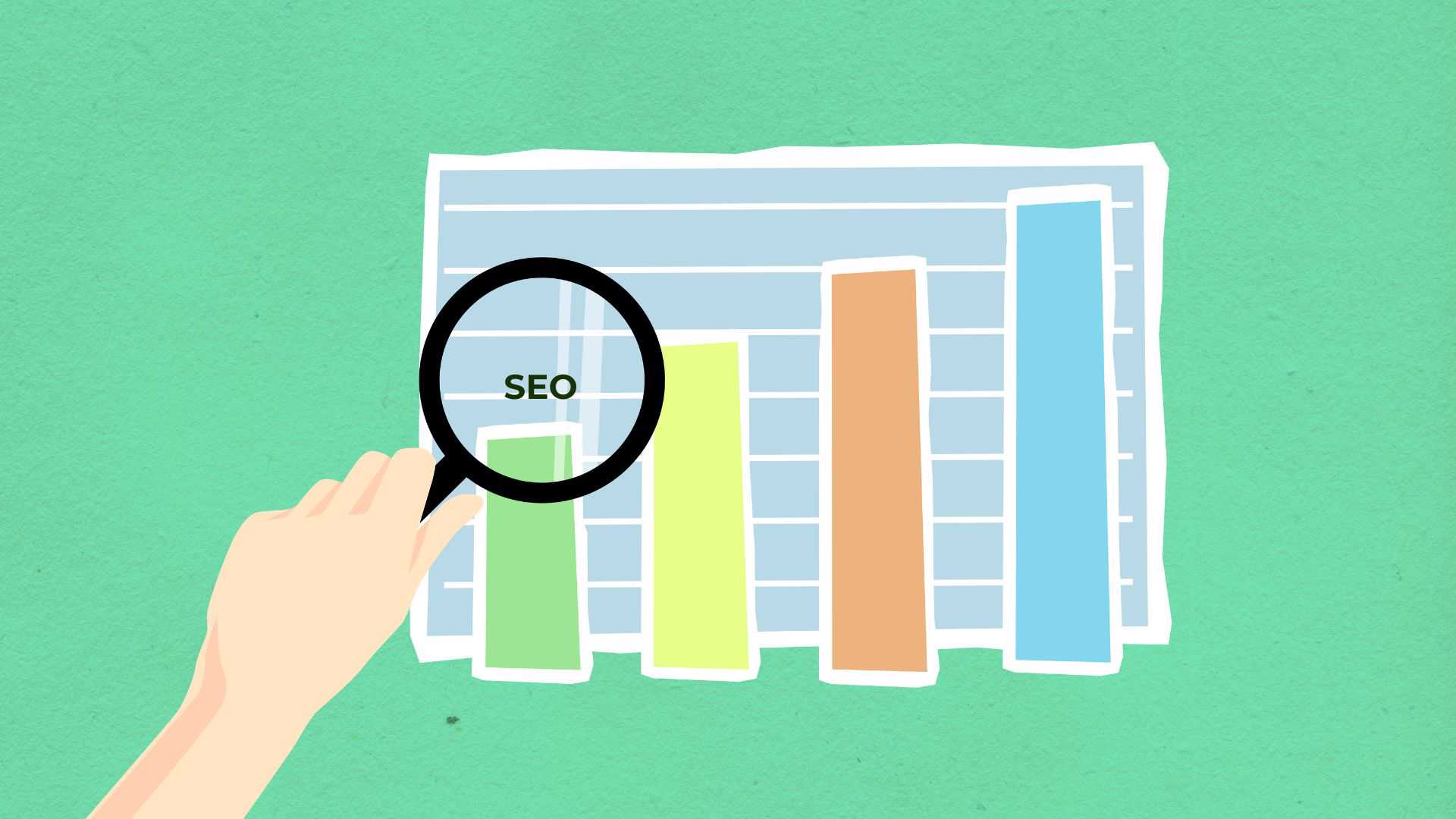Shopify SEO: How to do it Correctly
With the rise of the eCommerce era in the Digital world, Content Management Systems (CMS) are increasingly being used such as WordPress and Shopify rather than an HTML website. These CMS offers great customization offers even if you don’t have any knowledge of coding. Websites are frequently being built on these CMS platforms instead of long strings of coding.
And one of the best examples is Shopify. Shopify is the forerunner in the eCommerce segment. Setting up an online store has never been easier than this.
According to stats, More than 1.7M merchants sell using the Shopify platform.
There are over 2,297 Million live websites using Shopify. With a Great success rate of online store setup, it becomes all the more important to know about this awesome platform and how to utilize it to its full potential.
Shopify website setup is easy. However, the most recurring question for Digital marketers and common folks is “How to perform Shopify SEO?” or is there any such thing as Shopify SEO? Let’s see How it’s done.
Do Keyword Research For Your Product
Keyword Research for Shopify is quite similar to any other ecommerce website. With the right keyword research tool, you can filter out high-volume keywords with low competition. Long tail keywords bring more qualified traffic and may rank for various other keywords. Think like your customer.
- Use Keyword Research Tools like Keyword Planner, Ubersuggest, etc., and list the best keywords.
- Find competitor’s Keywords for which they are ranking.
- Optimize your Product listing according to the best-performing Keywords.

Optimize Title Tag and Meta Description
Like Yoast SEO, Shopify permits you to enhance key components, for example, your title tags, meta descriptions, and URLs. use your target keywords in these elements, whenever possible.
To change these components, you basically have to explore the page you wish to change and look down to “Search Engine Listing Preview”. Try to make title tags and meta descriptions look as natural as possible.
Optimize the content of Product Pages
Ideally, you should write unique content for each product but it can get a little tough considering the number of products and variants. The best strategy should be to optimize the most important and star-performing pages first.
You can check the “Sales By Product” report to find pages with the highest priority.
Make sure to write descriptions from a customer’s point of view.
Create Blog Section
A Blog section for an eCommerce website might not sound right. But Content is the undeniable King when it comes to SEO. A Blog section related to the products listed on the website might bring relevant traffic to your website. Integrate those Blogs into your Content Marketing Strategy.
For example, if you sell Books on your Shopify website, you might add a blog about the “Best Books to Read in 2022” or a Book review, etc.
Also, focus on Keyword Intent. Informational and Navigational intent keywords are very helpful for your customers, but not much for your business.
Try focusing on Commercial and Transactional Intent keywords. But with the right content, you can turn the minds of your customers from informational intent to transactional intent.

Optimize Site Structure
Content organization is the key to success for SEO as well as engaging customers better.
At the point when customers can rapidly and effectively observe the things they’re searching for, they will generally invest more energy on your site and view more pages, which can help your web index rankings.
How to make your site more straightforward to explore?
Try not to overdo it with classes and subcategories.
A less complex site structure makes it simpler for web indexes to crawl your webpage and rank your products.
An example of SEO friendly structure may be like this:

User Experience should be Smooth
Try optimizing your website for customers first, rather than optimizing for search engines. A great user experience should be smooth and transactive.
Add an About us page, and a Contact us page to build trust in customers’ eyes.
The more closely available the products are from the Home Page, the easier the navigation and visibility of products. It contributes to a smoother site structure.
This is like a “Hub and Spoke Model” with the Home Page acting as Hub and passing link juice to product pages.
Increase Loading Speed
Loading speed is a major factor in customer retention. If the loading speed is slow, people may not even stay on your website and bounce back. Since July 2018, page speed has become a ranking factor for mobile searches too. so it makes sense to optimize it to the best.
To make your Shopify store load quicker, you can:
- use mobile-friendly theme
- Lazy load images
- compress/ optimize images
- eliminate any applications you’re not utilizing
- try not to use sliders
Off-Page SEO and Link Building
To ultimately outrank your competitors, you must integrate a link-building strategy to increase your website’s authority.
Perform Competitor Analysis, Do keyword research and check Online Reputations to check how much effort you need to put in. Some Best ways to do Link building are:-
Create High-Quality Content: This is the best strategy to build backlinks naturally whether it’s for Shopify or any other platform. Good quality and well-explained content can gain natural backlinks from sites that value its content.
Answer FAQs: Answer FAQs on Q&A websites like Quora and Reddit.
Guest Blogging: A Good link-building technique is the same old Blog posting. (writing a blog post on another person’s blog)
Different sites are normally glad to let individuals visitor blog on their websites since they get free content. What’s more, you can generate a backlink to your site in your article.
It’s a shared benefit.
Conclusion:
As Shopify’s use keeps on developing, understanding the SEO suggestions that accompany the platform will be progressively significant. Ideally, this guide has furnished you with extra information that will assist with making your Shopify store more available in web searches.




